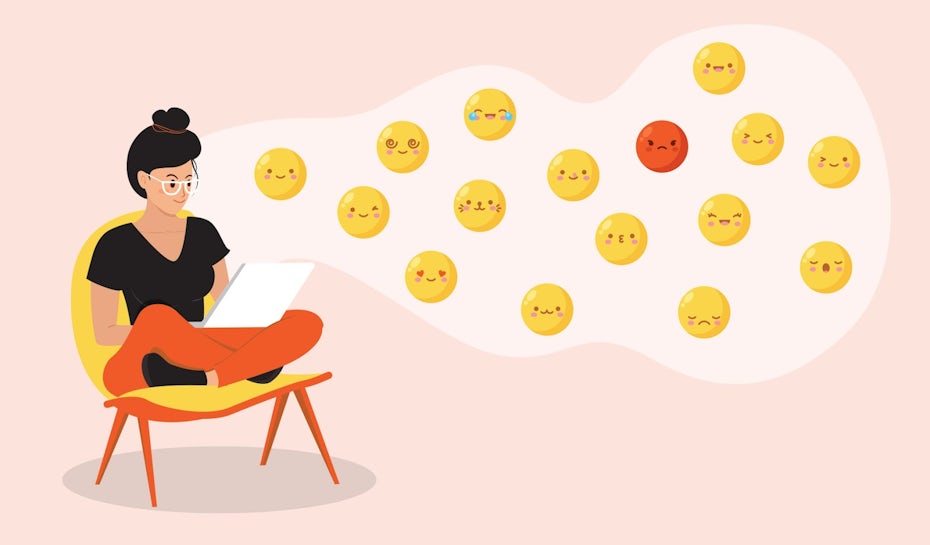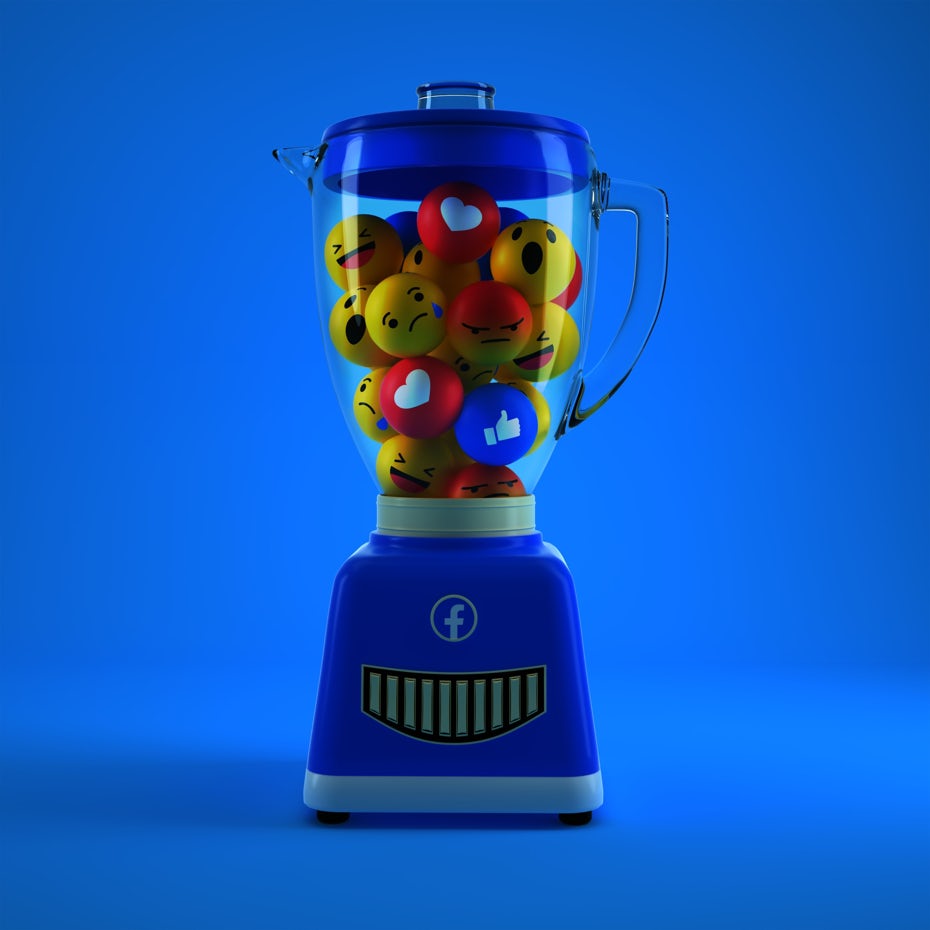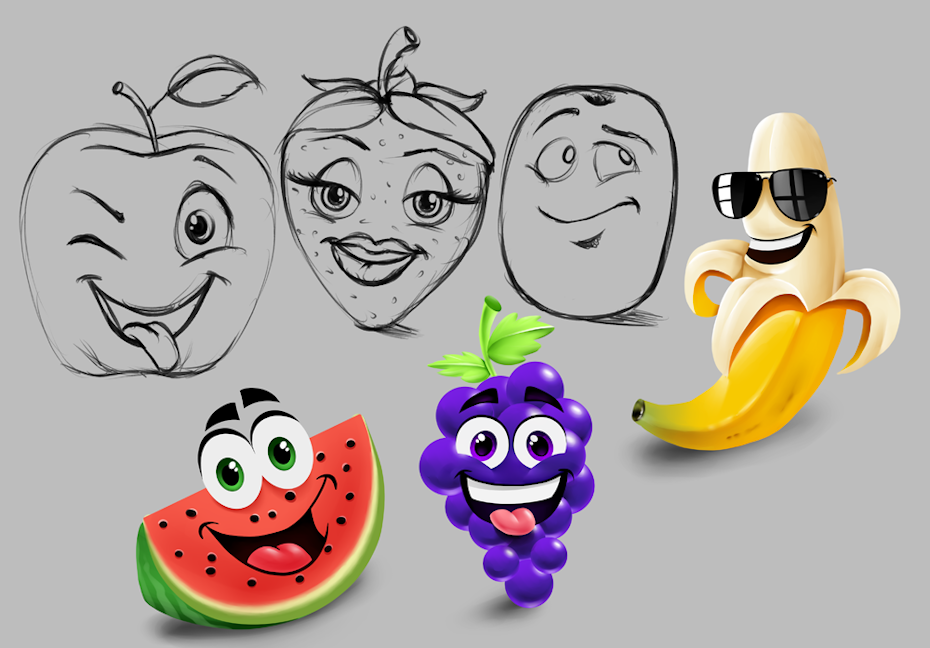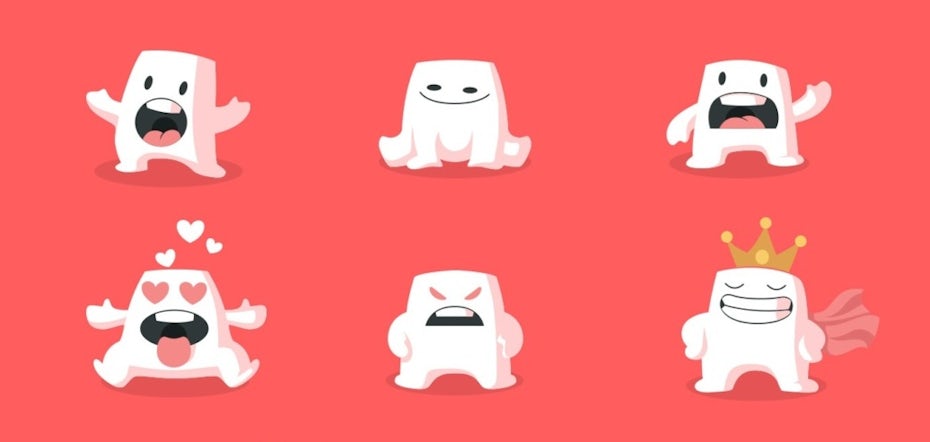How Do I Get Emojis to Stay on Google Draw
In the early days of instant messenger, emojis (also called emoticons and emotes) probably seemed like a silly online fad. Now custom emojis are common in everyday life, with everyone from business people to school children regularly expressing themselves in goofy, cartoon faces. Love 'em or hate 'em, emojis are here to stay, so it's a great idea to learn how to make an emoji yourself.

Their popularity is owed in part to the fact that emojis are practical—it's hard to express emotions over text and emojis provide a fun, shorthand solution. When designed well, they are also much easier to parse than other internet abbreviations (such as LOL, which though now common, depends on the reader already knowing what they mean).
There are also so many to choose from that people feel a kind of ownership over their few go-to emojis—in close friendships, it's not uncommon to identify a certain emoji set with a certain person. All of this creates a useful opportunity for content creators: your community will connect with your content on a deeper level when they are given related, custom emojis to express themselves with.
While emojis might not look all that complicated design-wise, simplicity is exactly what can make custom emoji design a challenge. Emojis have to be expressive, unique, simple and memorable all at a tiny size. Even experienced designers can find them daunting to pull off. For this reason, we've put together this guide on how to make a custom emoji yourself.
Emoji design requirements
—
Although pretty much any image can become an emoji (and sometimes a poor quality image is part of the joke), getting the best possible result means first understanding what constraints you are working under. To that end, let's go over some technical requirements for emoji design. Keep in mind that these are general and you should always check the requirements of the specific platform you are going to be designing your custom emojis for.

Required software
Emoji maker apps
The easiest way to create an emoji is through emoji maker template apps like Bitmoji for Android or Moji Maker for iOS. These allow you to design semi-custom emoji characters by mixing and matching premade features like hair, eyes, clothing, etc.
Graphic design software
For a more professional touch or to create a truly custom emoji completely from scratch, you will need graphic design software. In this article, we'll be looking specifically at Photoshop for a photo-based emoji and Illustrator for an original cartoon style emoji.
File Format
PNG is recommended in order to apply transparent backgrounds. In addition, when designing for a client, you should hand over source files such as PSD or AI, depending on which program you used to create the files.

Size and dimensions
128 by 128 px is recommended, though the actual size can vary across platforms. Often, an emoji will appear at 32 by 32 px, but aiming for a larger size ensures a higher pixel density, keeping the image sharp. The more important thing to bear in mind is that emojis should fit a square aspect ratio of 1:1.
Making a custom emoji from an existing image
—
To make an emoji from a preexisting image, first you will need to select the image you want to use. If you're making an emoji for fun, this can be virtually any digital image, including those from your own camera roll.
If you are making an emoji for a brand or some commercial enterprise, you'll need to consider whether the image you are using can be licensed for this purpose. Meme images in particular tend to make popular emojis. Though these are widely distributed and can seem to fall under public domain, it's best for brands to play it safe when it comes to image licensing.

Once you have your image selected, you can technically create an emoji without making any further changes. This, of course, will result in simply a smaller, square version of the entire image. It is typically better to isolate the subject of the photo—be it a face or hand gesture—and remove the background to create a more organic emoji.
To do so, open up Photoshop and create a New Document at the preferred size for your emoji (see previous section on size and dimensions). Import your image and resize it to fit the canvas. Your goal is to mask out the subject of your image, which a Photoshop tutorial like this will explain in detail. We will briefly go over the steps here:


- Use the selection tool of your choice (either the magic wand, lasso, or selection brush) to select your subject
- Press Select and Mask in the options bar beneath the navigation menu. This will bring up a dialogue box full of options to refine your selection
- In the Output To field, select Layer Mask in the drop-down
- Once you hit OK, your mask will be applied and the background removed
- Navigate to File > Save As and choose your preferred destination, select PNG as the file type and save your image
Now that you have your base emoji image, simply follow the instructions on the platform of your choice to upload the emoji.
Making a custom emoji from scratch
—
Designing a truly custom emoji involves both knowledge of software and design principles. You should start by brainstorming a character. Doing so will help you visualize their expressions, and it can be anything from anthropomorphic plants, animals or objects to cartoon versions of real people.

Once you have a character, it is a good idea to start with some rough sketches. It can be helpful to sketch gestures or expressions around common emote prompts (refer to an emoji shortcode list like this). Aim to draw several options so that you don't go with your first and most obvious interpretation of each emotion. The more complete your sketches are, the easier they will be to render on design software.

Emojis can be designed in virtually any illustrative software of your choice, given the result is a raster image file. If you are using a drawing app like Adobe Photoshop, you will use digital painting techniques to complete your emoji work of art. If you are using a vector app like Adobe Illustrator you will use the pen tool to trace over the image. Once you have a traced shape, you can then fill it with the colors of your choice and use gradients and shadows to give a sense of depth.

Alternatively, if you are not design savvy, you can keep your custom emoji design simple. You can also consider hiring a freelance emoji designer. Once you have the image files of your custom emoji ready, follow the instructions on your platform of choice to upload them.
Tips on good emoji design
—
Simplify the expression
Emojis are commonly small enough to fit inside of a text box, and they are all about conveying one, clear emotion. This means the expression has to be the entire purpose of the design, with every design element either working towards this purpose or simplified to mitigate distraction from it. Some emojis focus on the face, but you can also create character emojis that highlight emotion through physical gestures. While larger emojis can be more detailed, it is still important that the expression is clear.

Create a consistent theme
Emojis typically come in multiples (the most commonly used text message emojis come in the hundreds). Rather than designing one emoji at a time as you need them, it is important to plan ahead, with characters and design styles that all look like they belong together within the same, little emoji universe.
Make the emojis versatile
Emojis are made for people to express themselves, and it is important to appeal to a wide audience. At the same time, emojis that are completely impersonal and general can likewise fail to connect with their audience. This is where light customization tools come in, where you can design versatile emojis that users can personalize. Consider creating opportunities for varying skin tones, hair, gender or clothing.

Make it referential to your content
Although people use emojis to represent their own emotions, your custom emojis should say something about your brand as well. Your emojis can reference phrases or characters that only your community will be savvy to. This can make your emojis feel like inside jokes between friends, fostering a deeper connection with your audience.
Keep in mind cultural differences
Emotive gestures will vary across cultures, and some users in different parts of the world pay attention to different parts of the face when reading emotion. This has been particularly demonstrated with keyboard emoticons used by Western and Eastern cultures. Westerners generally exaggerate the mouth (smiley face, frowny face, etc.) whereas Easterners generally exaggerate the eyes.

Express yourself with a custom emoji
—
Despite the silly faces, making emojis yourself is not all fun and games. There are a lot of considerations that can go into creating emojis from scratch and no guarantees that the audience will ultimately relate deep enough to see their own emotions reflected in them. All of this is compounded by the fact that emojis have to remain small and simple.
But when they are done well, emojis have the potential to become a veritable second language for your audience. If you want custom emojis that speak for themselves, a talented designer is never far away.
Need some unforgettable custom emojis designed?
Here are the 10 best emoji designers for hire right now!
How Do I Get Emojis to Stay on Google Draw
Source: https://99designs.com/blog/design-tutorials/custom-emojis/